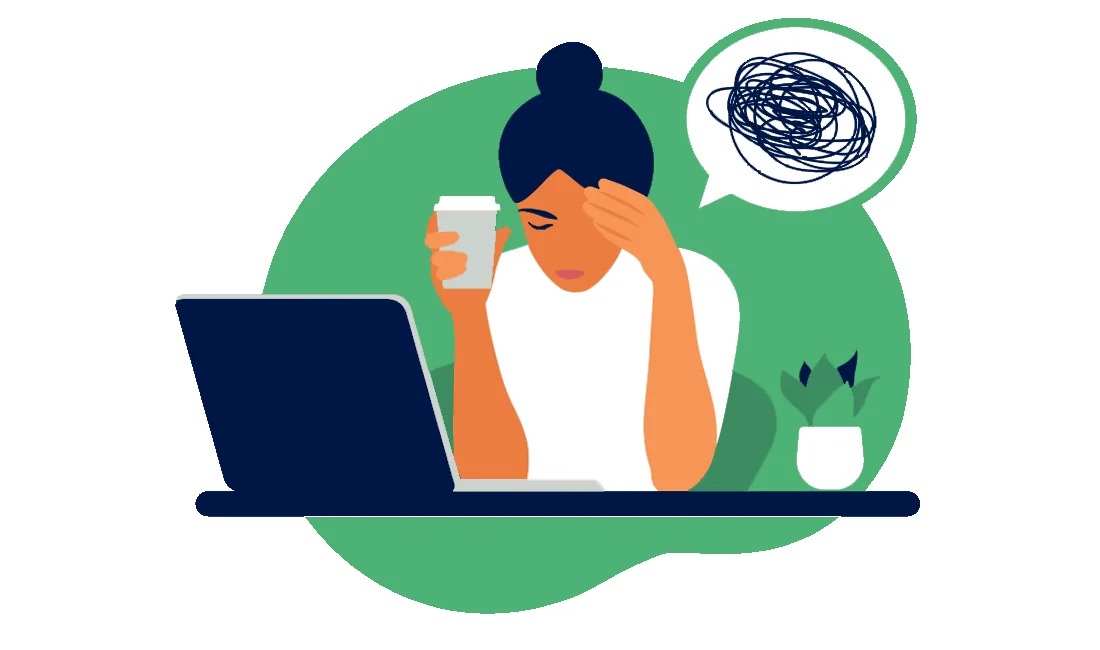Healthy Minds, Happy Workforce: Why Mental Well-Being Is the Cornerstone of Organisational Success

In today’s modern workplace, where innovation, adaptability, and collaboration define success, it is increasingly evident that the true strength of any organisation lies in its people. Although technology and AI can enhance efficiency, it is ultimately human intelligence, creativity, and emotional resilience that continue to drive progress.
Therefore, protecting and promoting the mental health of employees is not just a compassionate initiative—it's a strategic imperative.
Psychological safety at work: The Invisible Engine of Productivity
Employees are not just functional units within a system; they are the core contributors to any organisation’s innovation and growth. When their psychological well-being is compromised, the ripple effects are felt across all levels of the organisation—from delayed tasks and lower morale to increased turnover and reduced output.

Unfortunately, when mental health is neglected, organisations face a host of challenges:
- ✔️ Absenteeism and presenteeism
- ✔️ Higher staff turnover
- ✔️ Increased recruitment and training costs
- ✔️ Reduced quality of work
- ✔️ Higher risk of workplace conflicts or legal action
- ✔️ Long-term damage to company reputation
Global Focus: Mental Health in the Workplace
The World Mental Health Federation declared “Mental Health in the Workplace” as the theme of World Mental Health Day 2024, urging employers to adopt practices that prioritize psychological safety and employee well-being.
A Strategic Framework for Mental Wellness at Work
Creating a mentally healthy workplace requires action on three levels: Strategic, Tactical, and Operational.
1. Strategic Level: Policy and Cultural Realignment
- 📘 Leadership Training: Equip managers to support and prioritize mental health.
- 🧾 Policy Integration: Embed mental health in HR and diversity policies.
- 🌐 Inclusive Culture: Promote equity, diversity, and inclusion (EDI).
- Employee mental health support: Ensure employees feel safe to speak up without stigma.
🛠 2. Tactical Level: Building Support Structures
- 📞 Employee Assistance Programs (EAPs): Provide confidential support services.
- 👥 Well-being Officers: Appoint internal mental health champions.
- 📊 Anonymous Surveys: Gather feedback and act transparently.
- 🎓 Workshops: Promote emotional intelligence, stress management, and burnout prevention.
🔧 3. Operational Level: Everyday Empowerment
- 🕒 Flexible Work Options: Remote or hybrid work models to reduce stress.
- 🧩 Micro-Decisions: Give employees more control over their day-to-day tasks.
- 🌟 Recognition and Feedback: Regular, constructive praise and improvement insights.
- 🚨 Early Intervention: Train supervisors to detect and address mental strain early.
💬 Let’s Talk About It: Reducing Stigma at Work
Creating a culture of open conversation about mental health is vital. Encouraging safe dialogue may include:

- 🤝 Peer support programs
- 📆 Mental health check-ins
- 🎤 Storytelling sessions from leaders
- 🏖️ Mental health days off, not just sick leave
📈 The Business Case for Mental Well-Being
Businesses that prioritize mental health enjoy:
- ✅ Better employee engagement and creativity
- ✅ Reduced absenteeism
- ✅ Lower turnover and recruitment costs
- ✅ Higher customer satisfaction
Final Thoughts: Toward a Psychologically Safe Future
A truly future-ready organisation doesn’t just automate tasks—it humanises work. By addressing mental health proactively, companies can unlock innovation, inspire trust, and lead their industries forward.
A healthy mind leads to a happy workforce, and a happy workforce drives resilient, productive, and progressive results.

